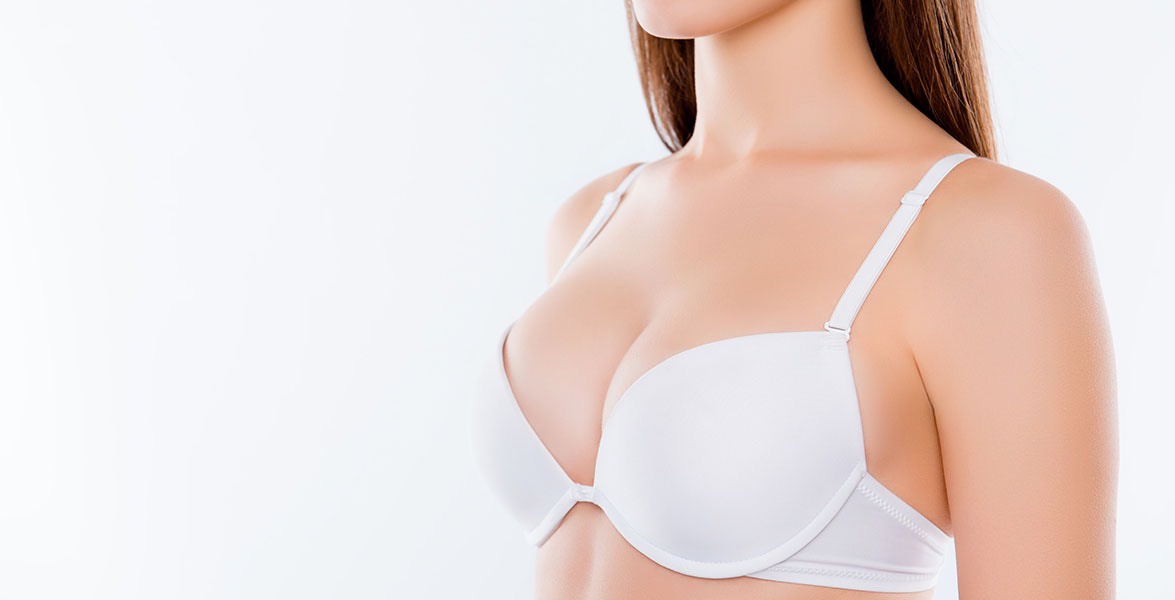Breast augmentation is a common cosmetic operation, particularly by women seeking to increase their breasts not only in size but also in shape. Although most patients get satisfactory outcomes, complications such as bottoming out, which manifest as the implants going lower on the chest than desired, may occur in some patients. Identification of the factors contributing to business dropout is necessary for both the patient and surgeon to discuss and implement effective processes to ensure the prevention of this complication.
Inadequate Tissue Support
One of the main causes of bottoming out is inadequate tissue support in the lower pole of the breast. Insufficient density of the natural tissue or weakened breast tissue support can cause the gradual descent of the implants, resulting in a lower nipple position and an unnatural breast contour.
Surgical Technique
The surgical technique used during breast augmentation is a major determining factor in the risk of bottoming out. Creating an implant pocket that is too large or too low on the chest wall will allow the implants to journey downward with the pull of gravity.
Over-dissection of Implant Pocket
One of the most common risk factors for bottoming out is the over-dissection of the implant pocket. When this occurs, it weakens the natural support structures, especially in the inferior aspect of the breast, which separates the breast from the belly and chest. To reduce their risk of implant displacement, it is important that your surgeon avoid excessive tissue manipulation during implant placement.
Implant Size and Weight
The size and weight of your breast implants are also influential risk factors for and indicators of the likelihood of bottoming out. When larger, heavier implants are used, the pressure they exert on the breast tissue and skin can cause downward migration over time. By discussing size options during your breast augmentation consultation, you and your surgeon can select the best option for your anatomy and desired outcome. Skin Quality and Elasticity
Skin Quality and Elasticity
Skin elasticity and quality can affect the stability of breast implants post-surgery, as mentioned previously. Patients with thin and loose/saggy are more prone to implant bottoming out, as the skin may not provide enough support to maintain the implants in an elevated position. Aging, weight fluctuations and genetics also play a vital role in elasticity and quality.
Postoperative Factors
Certain postoperative elements can make contributions to bottoming out, including immoderate physical activity or lifting heavy objects during the preliminary healing time. These sports can place undue strain on the surgical site and compromise the integrity of the implant pocket, leading to implant displacement.
Underlying Anatomical Factors
Individual versions of breast anatomy, together with a high breast fold or a constricted lower pole, can predispose patients to bottom out. Surgeons must assess each affected person's specific anatomical characteristics and tailor the surgical approach as a result to limit the hazard of complications.
Final thoughts
The effect of the bottoming out of breast implants on the cosmetic results of breast augmentation procedures is an intricate issue, which in turn can lead to greatly differing outcomes. The common reasons for reduced sensation after surgery can be identified, and both patients and doctors can put in place precautionary measures aimed at averting the risk of obtaining profitable outcomes after surgery.


No comments yet